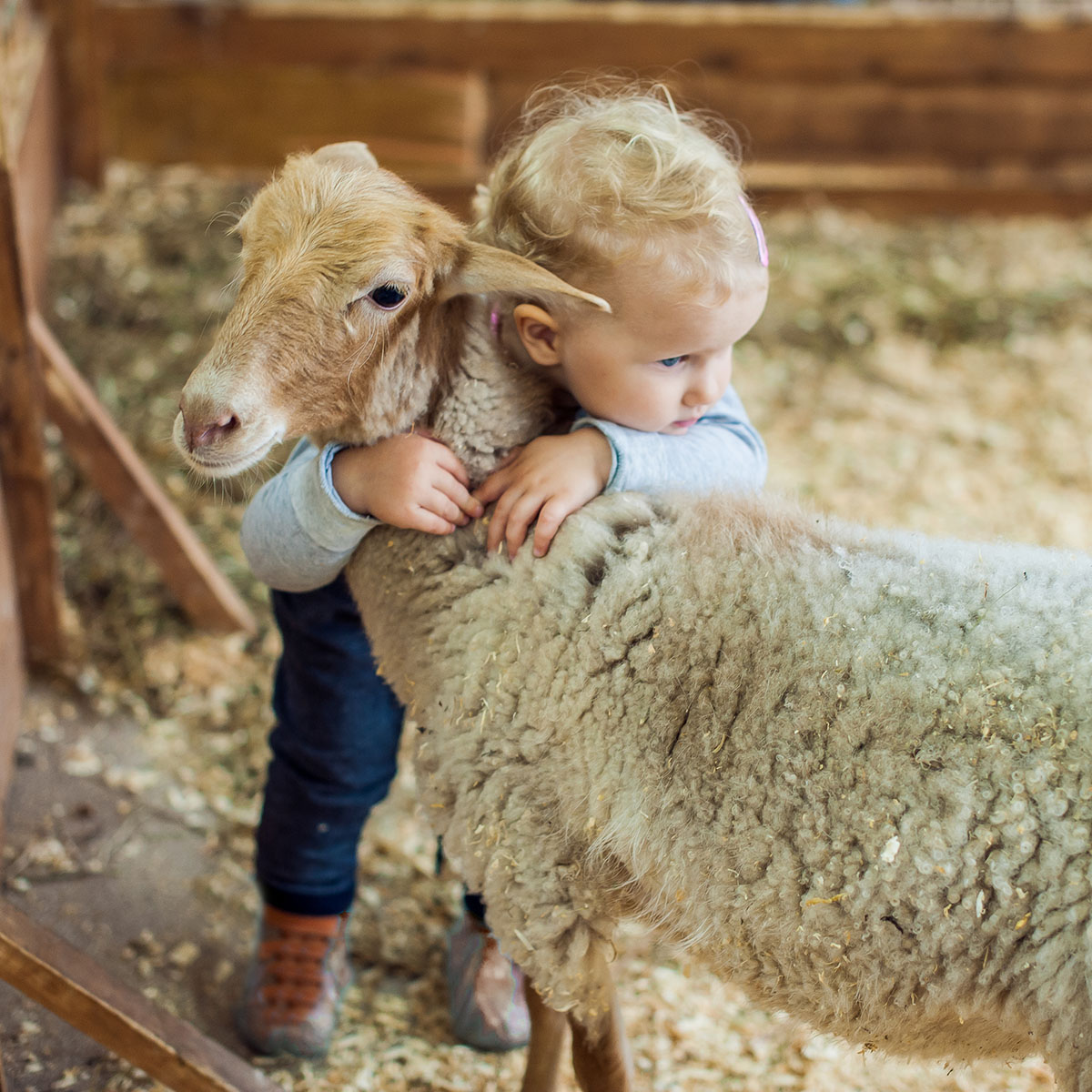Animal Communication
Communicating with animals is something we can all learn. When we are born, telepathy is the natural way to communicate with the world around us. The more we learn to communicate through body language and the spoken language, the more we forget about our natural ability to be telepathic. However, it does not disappear completely. Have you ever thought of a person, only to receive a phone call or message from them seconds later?
Animals do not have our verbal ability and instead continue to develop their telepathy to communicate with us and with other species. For them, it is very natural.
We humans have developed our sense of logical thinking through evolution, and therefore use our analytical intellect when making decisions. Animals rely more on the limbic system and make decisions based on emotions and instincts. We used to listen to our intuition to a much greater extent, but today we are “stuck in our heads” and have shut off the connection and the ability to listen with our hearts. This is something we can practice and get better at.
When communicating with animals, information comes in many different forms. It can be images, smells, thoughts and simply hearing the animal tell you in words. You can also get sensations of the feeling which the animal is having, and even feel how it is physically feeling. (If you suspect your animal is ill, it is a vet you should contact in the first instance.)
Remote animal communication works a bit like a mobile phone call. You need to know who to contact, but instead of a mobile number, you use a photograph of the animal. It is important that the animal is alone in the picture, and that you can clearly see both eyes.
“- It is the animal that decides IF, and WHAT it wants to tell us. We can ask the questions we want, but we have to respect the answers we get.”
Most animals are happy to talk to us! Often they are bubbling with information and it’s a matter of keeping up with the flow with pen and paper, or the keyboard. Sometimes they’re a little more cautious and shy, but pretty much everyone will be happy for the opportunity to make their voice heard.
In the conversation, respect for the animal is the most important thing. If you notice that the animal is getting tired, it’s time to end the session. Sometimes the animal doesn’t want to talk at all about exactly what you have in mind. For example, if the owner of a dog wants to discuss ”stopping barking at cats”, the dog may prefer to talk about the best treat or something that happened on the day’s walk instead. It’s important to let the animal have its say, and then you can gradually try to steer the conversation back to the barking issue.
When we talk in the usual way to each other, at the same time we get images in our heads of what we’re saying. Our animals read the feelings connected to those images even though we are not aware of it. That’s why it’s a good idea to talk to your animal a lot, as if it were another human being. One of the most common requests from animals is that they would like to know a bit more about what’s going on around them. Tell your animal if you are expecting visitors, or going somewhere, or if there is something else going on so it doesn’t come as a surprise.
The important thing to remember is that there is no picture for the word “not”, so avoid using it when talking to your pet. If I ask you not to think of a red ball, you’ve just seen the image of a red ball in your mind, haven’t you?
Similarly, “don’t pull”, “don’t jump” and “don’t bark” become “pull”, “jump” and “bark” instead. The exact opposite of what we want to convey to the animal. It is better to talk about how we would like the animal to act instead.


